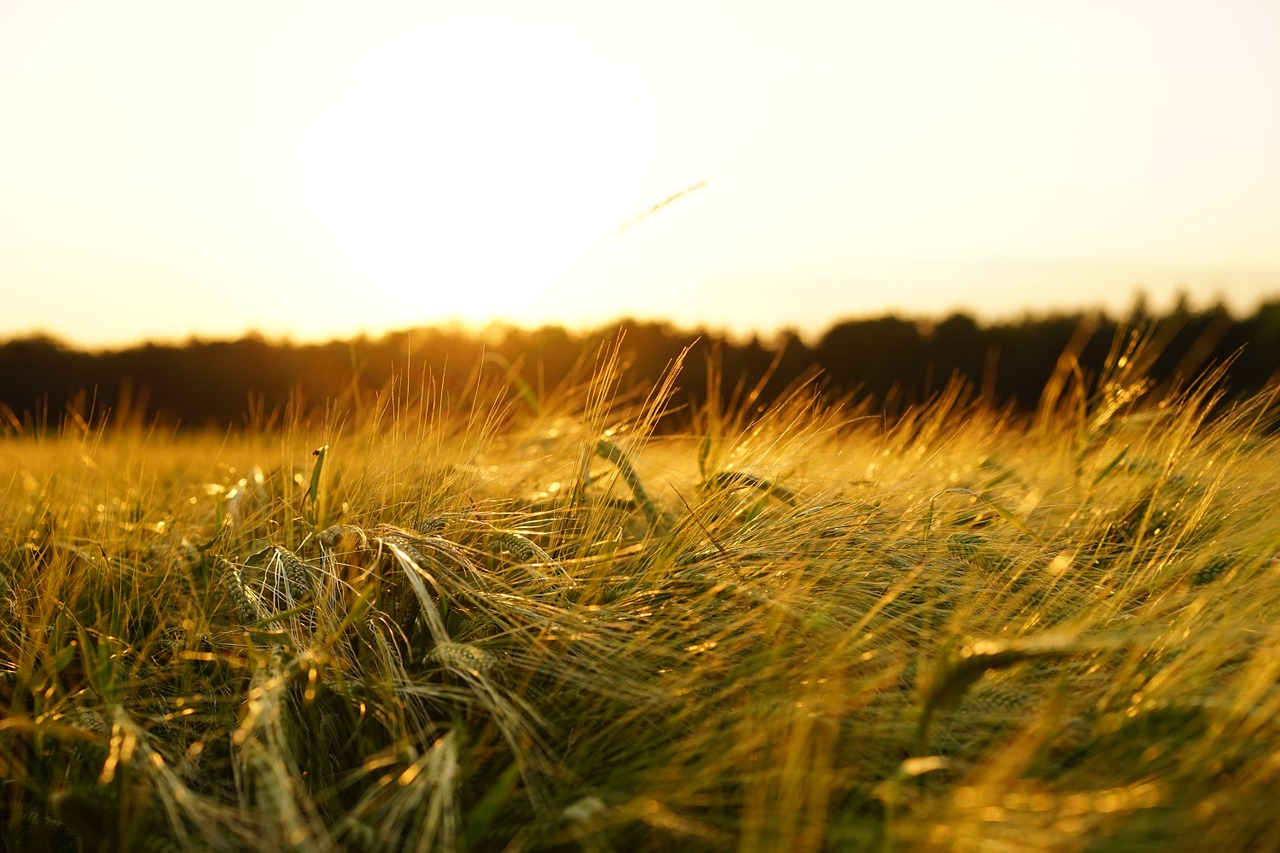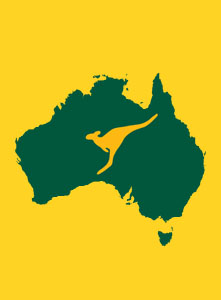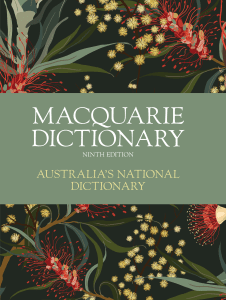The early European settlers had much to find words for in the Australian landscape and their choice was either to borrow from Aboriginal languages (kangaroo, dingo, budgerigar, coolibah) or take a word from British English, often British dialect, and stretch the original meaning to the new shape (wattle, creek, magpie, paddock).
It is possible to track the expansion of the paddock from the small enclosure near the house (the British understanding) to the large enclosed space which is the Australian understanding of the term. In a radio interview recently a listener commented that, while visiting South Australia, he had got into trouble when he referred to what he could see out the window as a paddock. ‘Not a paddock — a field,’ he was told sternly.
The problem for me is how to convey all this in the dictionary. The entry for field starts with definition 1:
a piece of open or cleared ground, especially one suitable for pasture or tillage.
We can still use field in this way, especially if referring to the green fields of England, or, in poetic vein, the open fields under a blue sky. So we locate the word in another landscape and possibly in a somewhat old-fashioned poetic diction. Or in a very specific collocation or compound – cane field, cornfield, playing field, killing field. At the very most we could argue that paddock has high frequency when the reference is to open areas, fenced in, with cows, sheep and horses in them. On the other hand field may have greater frequency when the reference is to an area in which crops are grown.
How to capture all this? Should we start with our first definition of field as a cross-reference to paddock, to show that the primary word in Australian English is paddock, and then move on to the general notion of a field?
Should we then have a separate definition labelled South Australian which is another cross-reference from field to paddock, since the majority of Australians regard paddock as the base term.
We should also point out that in the hierarchy of land division, a patch rates as something smaller than a paddock. A strawberry patch can be the small area in the garden producing a domestic treat, or the couple of hectares on the farm for commercial production. But the patch is nothing in comparison with the paddock.
Probably a usage note is also needed as well to explain that this subtle difference between Australian English and British English should be recorded in the dictionary. It is reminiscent of our difficulties in defining river, where we passed through two editions with an English river, constantly flowing along its chosen course, until it dawned on us that we have rivers that often have no water in them at all. The current definition reads:
a defined watercourse of considerable size and length, whether flowing or dry according to the seasons, and whether a single channel or a number of diverging or converging channels.
Australian English is, after all, descended from British English so that we still have a lingering familiarity with its norms. Sometimes we still find it difficult to separate the two.




